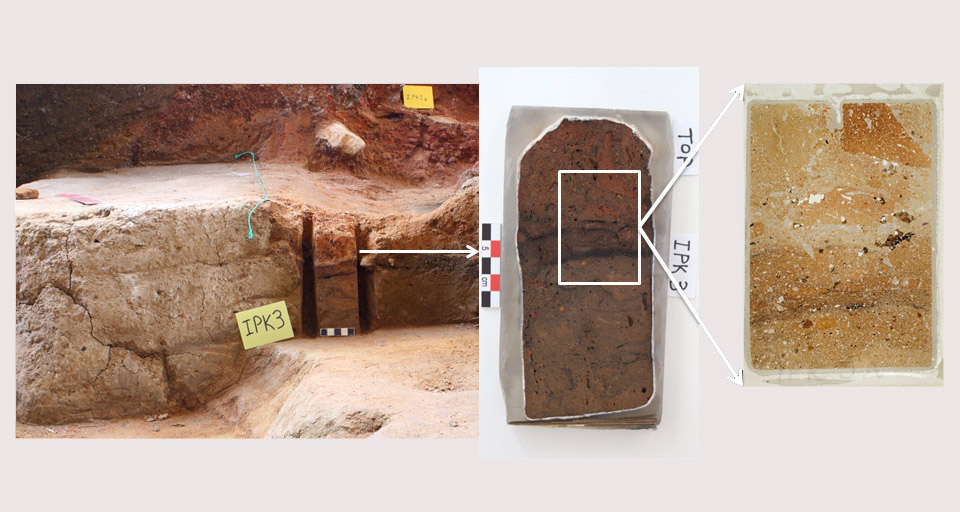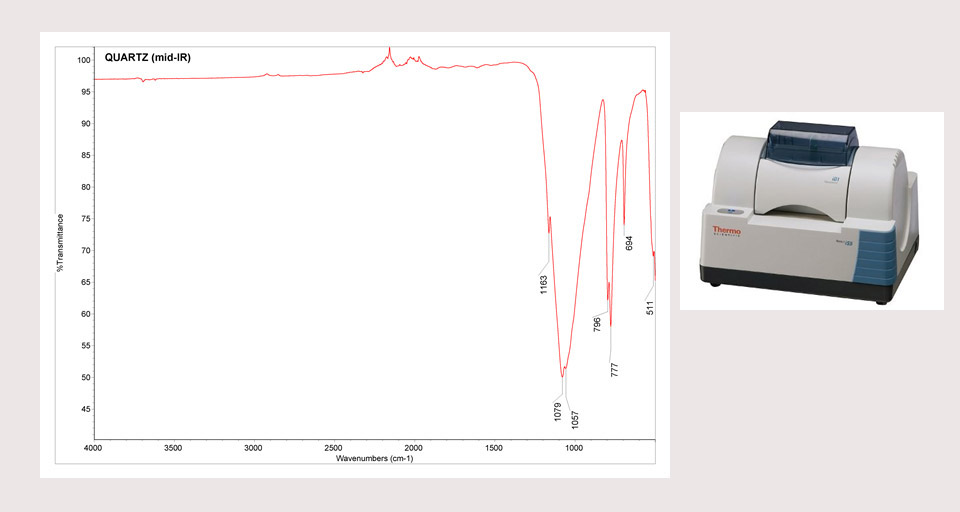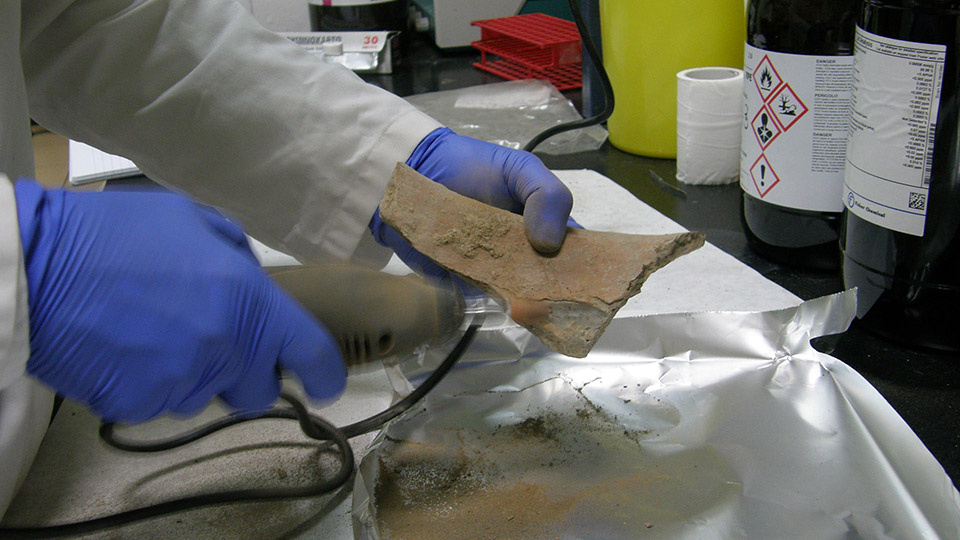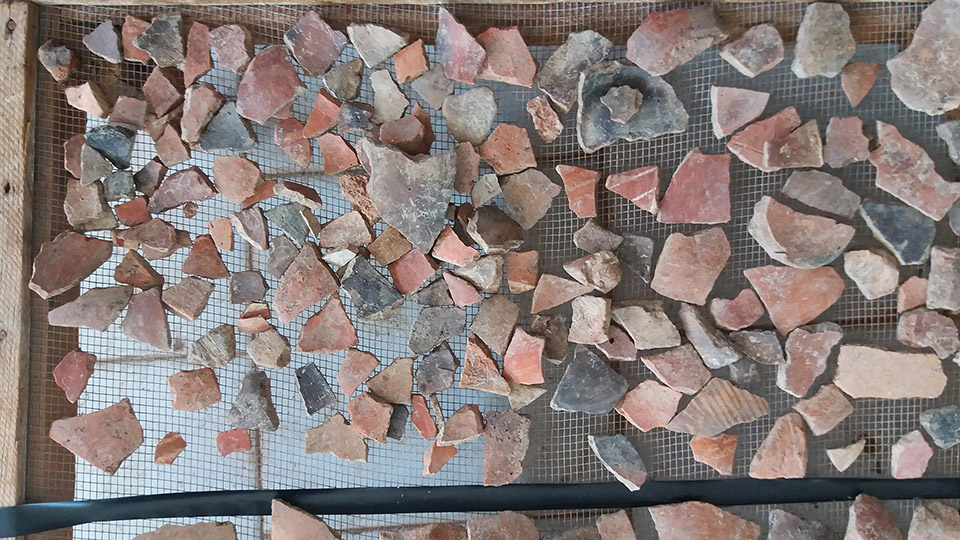METHODOLOGY
The project builds on published and unpublished data to develop a holistic multidisciplinary and theoretically informed methodology that integrates macroscopic study of combustion features, geoarchaeology and soil micromorphology, pottery analysis, organic residue analysis and spatio-temporal tools. Combustion features constitute the analytical cornerstone of BONDS project for exploring dimensions of daily organisation and community lifeways. A detailed morphological analysis of unpublished structures set their typology and unravel evidence of their function and use. Samples of combustion features and outdoor sediments are analysed with the methods of geoarchaeology and micromorphology. Moreover, macroscopic study of pottery at a single key site, Imvrou Pigadi, explores the working hypothesis of a workshop for pottery production. Organic residue analysis is applied at selected high-resolution targets to complement macroscopic and geoarchaeological outcomes. Lastely, spatial analysis is implemented using advanced application of Geographical Information System (GIS) towards an all-encompassing approach of outdoor daily practices and routines.



